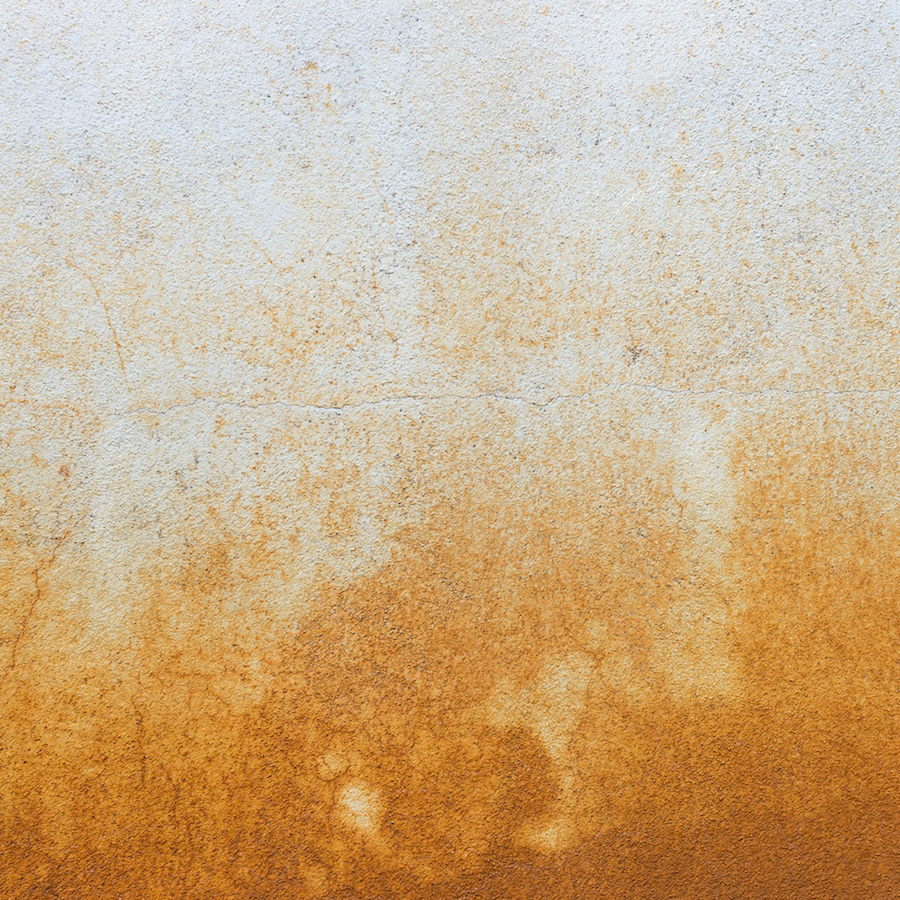Getting rid of biological stains

The appearance of your building and grounds communicates a lot about your business. A neat, clean look makes clients feel welcome to walk in the front door.
Most of the time, all you need to do to spruce up your building’s appearance is maintain the landscaping, apply a fresh coat of paint, and provide a clutter-free environment.
However, if you are dealing with biological stains on your building or surrounding surfaces, there are other steps you will need to take.
What is biological stain?
Biological stain refers to stain patterns created by natural substances. This might be green staining left by long-term contact with algae, mildew in a damp area, or any number of other biological causes.
Identify the cause
When you notice staining on your building or surrounding surfaces, you must identify the cause before trying to tackle removal. Simply put, you will use different remediation methods for different types of stains.
To identify the cause of the stain, check for:
- Water infiltration from a nearby water source
- Contact with vegetation
- Color of the stain
- Pattern of the stain
- Type of traffic around or on the area
Surface matters
Once you have identified the cause of the stain, be sure to also identify the type of surface that is stained. For example, is the surface marble or a porous stone? Is it vinyl siding?
The type of surface is an important key in determining the appropriate stain removal method. The last thing you want to do is stain or damage your surface further while trying to remove the stain.
Removing the stain
Now that you have identified the type of stain and surface, you are ready to start the removal process.
First, select a small area to test before attempting to remove the entire stain. After testing a small area, let it dry completely and then inspect before moving on.
Second, use the mildest removal method to tackle the job. Cleaning of any type causes wear to the surface being cleaned. It’s essential to use mild detergents or biodegradable cleaning products in the most diluted amount to effectively remove the stain.
Third, after applying the cleaning product, let the previously stained area dry completely. Inspect it for any leftover stain. Over the next few weeks, routinely check for new staining.
Fourth, ensure preventative measures are in place to prevent recurrent stains.
Cleaning biological stains is essential for the appearance of your building and the integrity of your surfaces. Please contact us if you have further questions.
